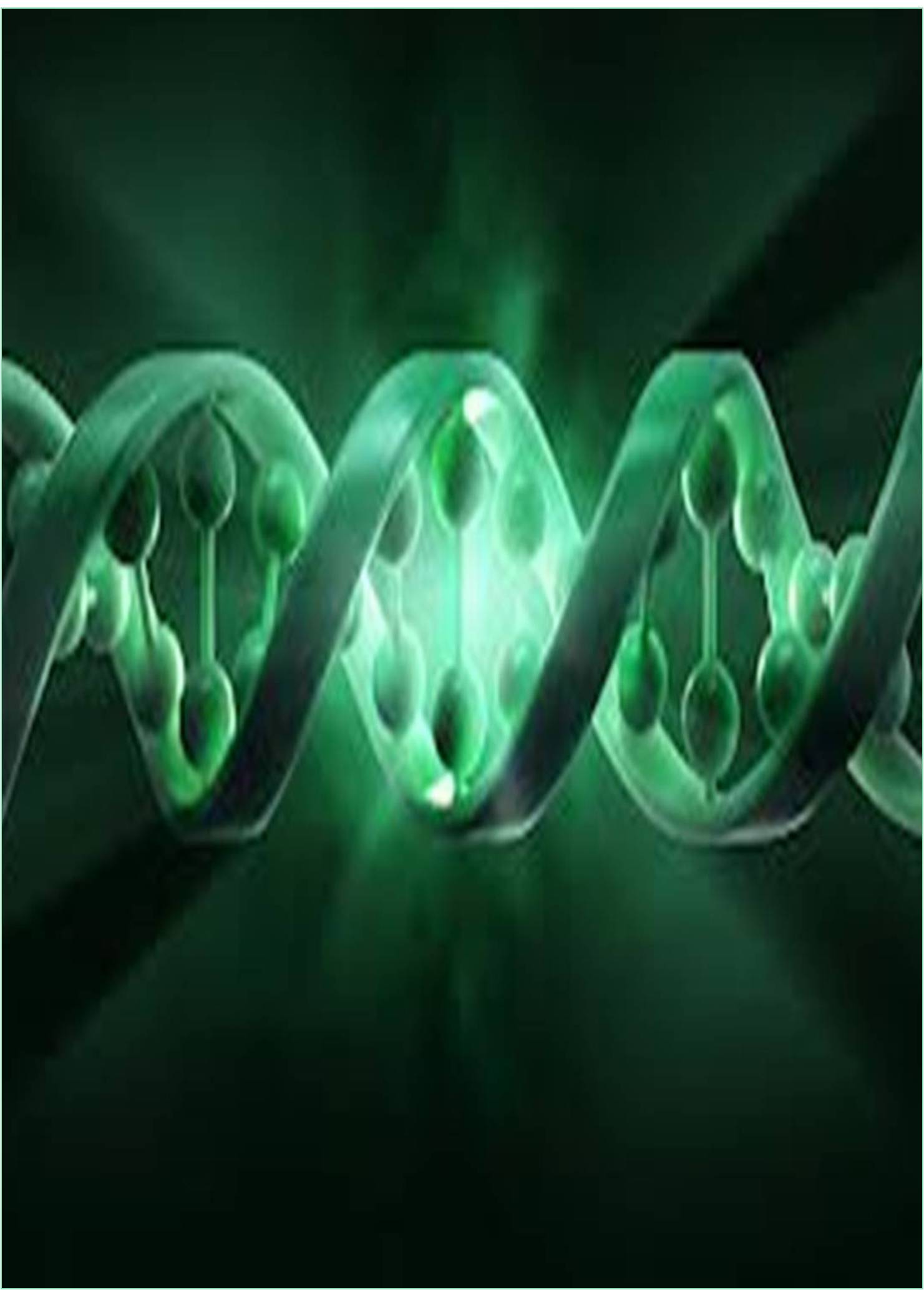



Received: 29-Nov-2022, Manuscript No. GJMEG-22-82831; Editor assigned: 01-Dec-2022, Pre QC No. GJMEG-22-82831(PQ); Reviewed: 15-Dec-2022, QC No. GJMEG-22-82831; Revised: 22-Dec-2022, Manuscript No. GJMEG-22-82831(R); Published: 29-Dec-2022, DOI: 10.15651/GJMEG.22.08.013
The loss of a foetus or newborn is referred to as perinatal death and occurs in about 1% of pregnancies in developed nations. Eight perinatal deaths occur every day in Australia, a number that has remained constant over the past 20 years despite improved monitoring of pregnancies and expanded access to healthcare. The devastating effects of neonatal death on families and the larger community are frequently made even worse by the lack of certainty surrounding the cause of death and the ensuing risk of recurrence in subsequent pregnancies. The complex integration of family and obstetric history, radiographic imaging, macroscopic and histological examination of the body and placenta, as well as laboratory investigations like biochemistry, microbiology, and genetic testing, is currently used in clinical testing to identify the cause of perinatal death.
While taken as a whole, these examinations are most likely to result in a clinical diagnosis, less than 50% of perinatal death cases actually undergo an autopsy due to a variety of complex factors, such as the perception of perinatal autopsy as being invasive and cultural or religious beliefs. In one-third of all occurrences of perinatal death, congenital abnormalities are present, either as the primary cause of foetal death in utero (such as via hydrops fetalis) or, more frequently, as the primary justification for terminating the pregnancy. Even with congenital anomalies, current standard-of-care practises seldom identify an underlying aetiology in the majority of instances. Despite thorough examination, 10.5% of fatalities are still utterly unexplained.
Many cases of unexplained mortality and neonatal death from congenital abnormalities are anticipated to have genetic genetic causes because they frequently exhibit extreme phenotypes that are incompatible with life. Congenital abnormalities account for 25%–30% of cases, and large chromosomal abnormalities such autosomal trisomies and Copy Number Variations (CNVs) are regularly found during standard-of-care autopsy using microarray. Monogenic illnesses, identified in the clinical situation by single gene or gene panel testing, account for an additional 5% of cases.
According on the primary presentation, the diagnostic yields of an ES or GS strategy for the molecular diagnosis of postnatal developmental disorders range from 10% to 70%. Recent studies have also concentrated on foetuses with congenital defects found on ultrasounds and suggested that rapid turnaround times may be helpful for couples when deciding whether to choose an elective abortion.
However, clinically relevant genetic analysis for perinatal death cases have not yet been applied. With diagnostic results ranging from 14% to 57%, a small number of recent research initiatives have attempted to identify the genetic reasons of neonatal death by using genomic analyses. This suggests that many of these instances will have a clear-cut monogenic foundation. This gap also reflects the difficulties currently encountered in the genetic analysis of illnesses manifesting prenatally, despite the fact that variations in research design and inclusion criteria probably account for some of the heterogeneity in diagnosis rate. Due to the current limits of in utero phenotyping, evaluating and classifying genetic variations in a prenatal vs. postnatal situation is frequently more difficult as a result of the skewing of existing reference data sets to adult profiles of gene function and expression.